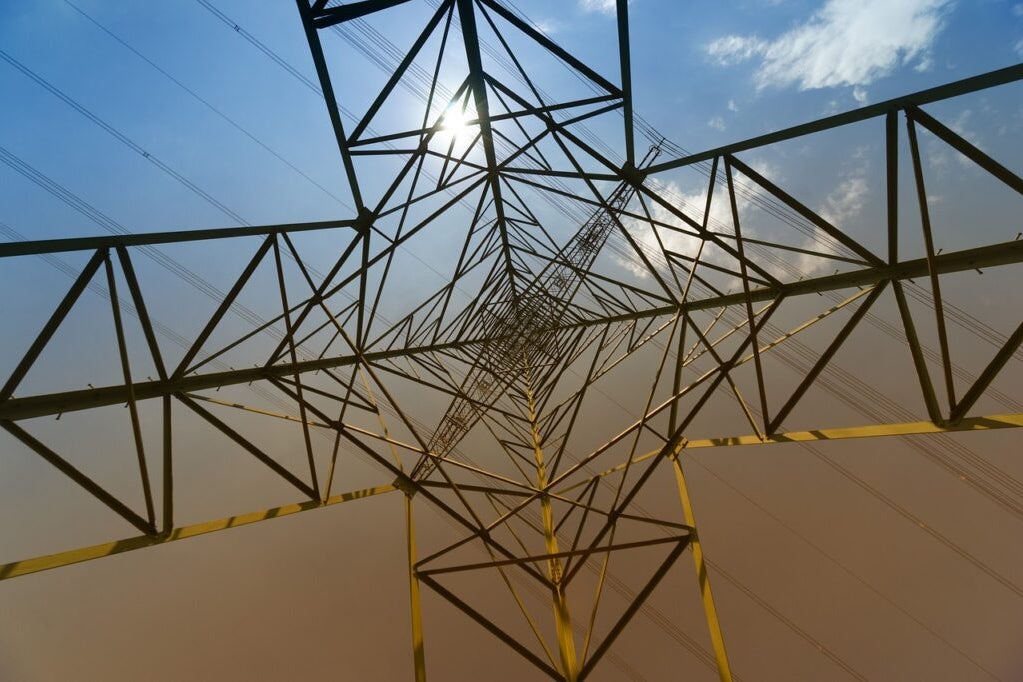- Healthy Returns: Pfizer pulls sickle cell disease drug from markets – here’s why it matters
- With Hurricane Helene disrupting travel, here’s what fliers need to know
- Tesla set to report Q3 deliveries ahead of robotaxi event
- Port strike could reignite inflation, with larger economic impact dependent on how long it lasts
- 'Who's a good boy?' Humans use dog-specific voices for better canine comprehension
What do you believe is the single most important factor driving up the cost of living in Nigeria?

Who's energy poor in the EU? It's more complex than it seems
Depending on the indicator selected, between 8% and 16% of the EU population is facing energy poverty, while most of the energy poor are not income poor, according to a comprehensive analysis of the main energy poverty indicators.
Amidst the EU's push for a fair green transition, and further reinforced by the uncertainties of the energy market, the issue of energy poverty has come to the forefront and become a critical policy priority. Energy poverty can be measured in different ways, but its measurement is a challenge for policy formulation and action to address it.
A JRC study investigated four primary energy poverty indicators to understand the EU-wide distribution and socio-economic profiles of "energy poor." The findings underline the usefulness of relying on a battery of various indicators to provide a picture of energy poverty.
The Social Climate Fund regulation and the revised Energy Efficiency Directive define energy poverty as a household's lack of access to essential energy services, such as heating, hot water, cooling, lighting and energy to power appliances.
According to the Commission's Recommendation on Energy Poverty, it is a multidimensional phenomenon driven by three underlying causes, namely, high-energy expenditures in proportion to household budget, general low levels of income and low energy performance of buildings.

- October 2, 2024
European airlines extend suspension of Middle East flights

- October 2, 2024
Polaris Bank emerges Nigeria’s top bank in MSME lending

- October 1, 2024
Cryptocurrency Pepe Falls More Than 5% In 24 hours

- October 1, 2024
WETH Down More Than 3% Within 24 hours



- October 2, 2024
Empowering one woman at a time with Mama Fua app


- October 1, 2024
Treasury ruffled by KRA's bid to retain 2pc of total tax revenue
Subscribe to our mailing list to get the new updates!

Subscribe our newsletter to stay updated
Thank you for subscribing!



